Ask people what are some of the top travel safety dos and don’ts and the answers might surprise you.
Some will say terrorist attacks. In fact, according to NBC News, you are more likely to choke on food, die from being buried alive, or being struck by lightning than you are to be involved in a terrorist attack.
Others will say car accidents. That’s getting close, but still not exactly correct.
This post is written by someone who DID NOT avoid illness, injury or theft while traveling. So, learn from my mistakes.
I recently had the opportunity to speak with James Page, Senior Vice President, Chief Administrative Officer and Head of Assistance and Claims of AIG Travel and an expert on the dos and don’ts while traveling.
Mr. Page shared a wealth of information on the top causes of injury and illness while traveling and how to avoid them along with other travel safety tips.
During my lifetime of travel, I’ve seen – and experienced – many such examples. I share a few here, interspersed with Mr. Page’s advice.
It turns out, the single most common cause of injury while traveling is poor judgment, and poor judgment manifests itself in many ways.
Top Travel Safety Dos and Don’ts
Table of Contents
ToggleDon’t think you’re superwoman (or superman).
Believing that you can just jump on any vehicle and tour a new location without any proper instruction is the number one activity that causes injuries while traveling.
You know what I’m talking about; the cool scooter tours in Vietnam, the jet skis in Cancun or, in my unbelievably dumb judgment, the whitewater rafting down the Zambezi River where I almost drowned.
Understand the vehicle you are maneuvering and know the route. Wear protective gear. Secure proper instruction or don’t do it.
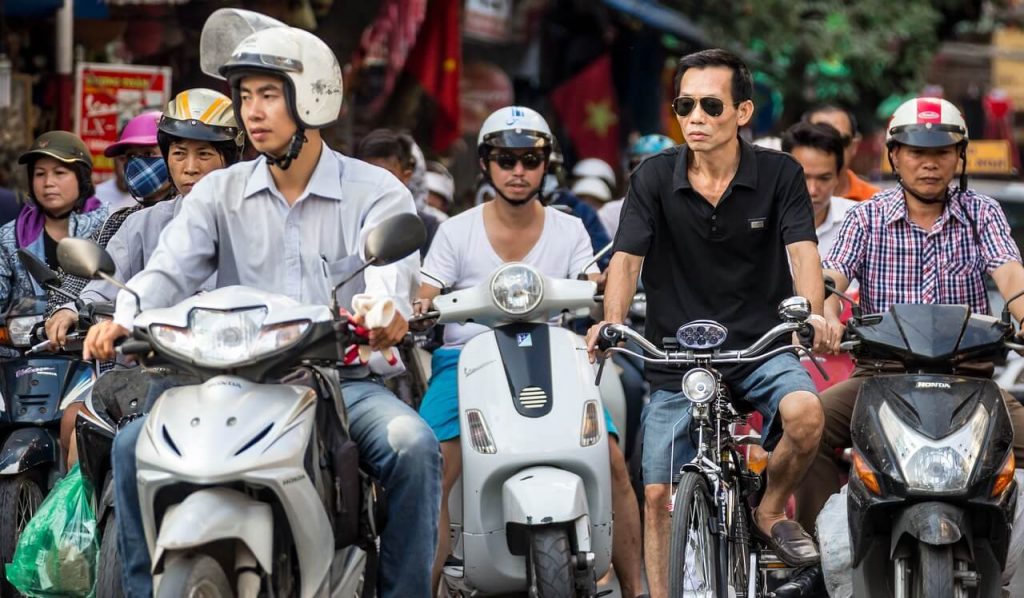
Use alcohol wisely
Of all the travel safety dos and don’ts, alcohol-related ones are the most obvious.
Now here is a lethal cocktail; excessive alcohol and poor judgment. As a wine lover myself, far be it from me to eschew a glass of sauvignon blanc, but overindulge, especially while traveling, and you’re looking for trouble.
The second most common reason for injury like falling off balconies, decks, ships or horses are frequently linked to alcohol consumption.
Know your limits!
The third top cause of injury while traveling is something that we’re all at least a little guilty of…venturing beyond our physical limits. In other words, know your limits and stay within them.
If you are out of breath after climbing a flight of stairs, you probably shouldn’t hike to Everest base camp.
If your knee hurts while walking the dog, it’s going to hurt a lot more hiking the Appalachian Trail. Know your limits when considering the travel safety dos and don’ts.
Beware the transfer trauma
Here is one that surprised me. Transfer traumas! What’s a transfer trauma? It’s when you step off a bus, train or ferry, if you don’t watch where you place your foot, you can experience a nasty fall. I can see that. Think about it.
Ever try getting off a subway train with those huge gaps to the platform? I’m surprised these injuries are not higher up on the list.
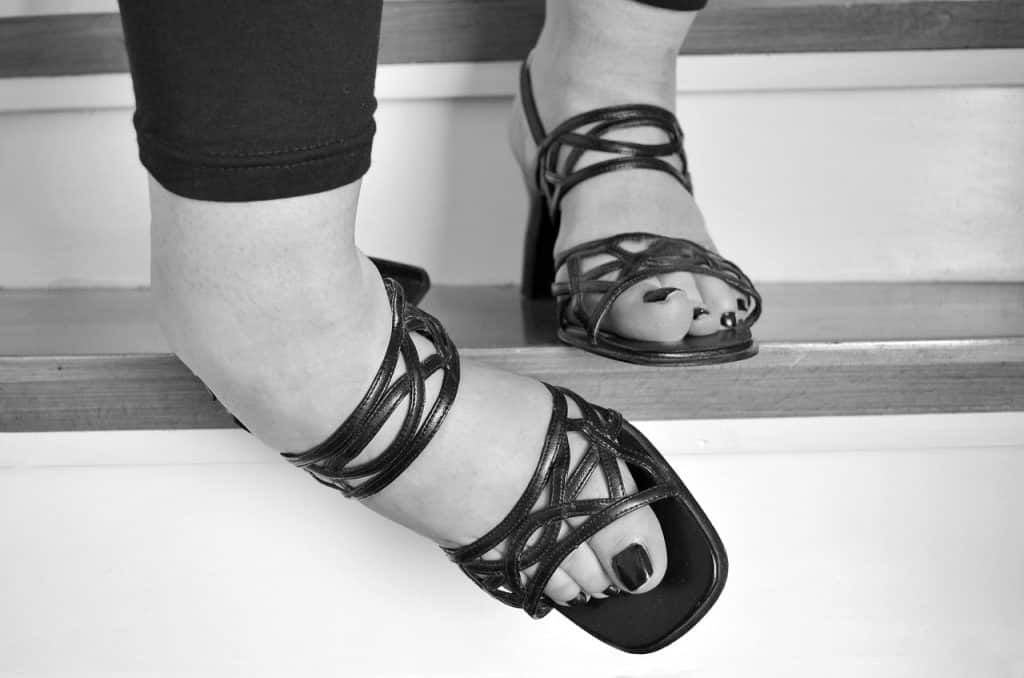
Don’t feed the animals
Here is one of the classic causes of injury while traveling; mishaps when approaching animals.
Been there, done that (I’m raising my hand). I am guilty of one of the biggest travel safety DON’TS… feeding the monkeys.
In my defense I will say that the monkeys I fed were really cute. Look at these guys!
Would you have done the same thing? Still, I realize now that’s a bad idea, especially after The Great Monkey Attack of Angkor Wat.

Continue your normal medical routine
I laughed when I read this one. “Medical conditions do not disappear when you are traveling!” Seriously, are you surprised?
Your high blood pressure and cholesterol do not magically disappear while you are on vacation.
You still need to take your medications and watch your dietary intake. This is really a major “travel safety DO” that many travelers ignore,
The mother of all travel safety dos and don’ts: Wash your hands
Wash your hands… a lot. Over and over and over. This little habit grows on you. Something as simple as this can prevent you getting any number of afflictions.
My husband carries around a little container of antiseptic gel and uses it a lot. I made fun of him for years for being overcautious until I read that this is one of the easiest way to avoid illness.
This is one of the major DOs in the travel dos and don’ts.
Pay attention!
Travel safety dos and don’t are easy to follow if you pay attention. We’ve all seen videos of people falling into ditches, manholes or escalators while looking at their cellphones. It’s a thing, all right.
Watch where you are walking! Store your selfie sticks until you get to wherever you’re going to take your photo. Ignoring standard safety measures to take better photos is an accident waiting to happen.
Consider what you eat.
Eating exotic cuisine, or food you are not used to, is a top cause of illness while traveling. Now, one man’s “exotic” is another man’s daily bread.
I have eaten everything from iguanas, crickets and ant eggs in Mexico, to sheep eyeballs in Mongolia to things too bizarre to mention in Beijing and actually enjoyed (or at least tolerated) everyone of them, but I’ve been doing this all my life.
Do people build up a resistance to weird food? Maybe. But perhaps people who have never encountered exotic or unusual food should pace themselves.
It’s not just what the foods are, but how they are prepared that can cause stomach issues.
The last thing you want is stomach issues on a trip. I speak from experience.
Wash fruit before you eat it
I got horribly sick from eating a big, fat, beautiful (but unwashed) peach in Dubrovnik. I was in a hurry to catch the bus to Split.
I knew I SHOULD wash that peach, but it looked so appealing. I was running out of time and I was hungry so I bit into it.
Four hours later when I got off the bus I thought I was going to die. I spent the entire visit to Split in my Airbnb projectile vomiting so bad I made “The Exorcist” look tame by comparison.
Washing the peach would have been the easiest travel safety DO to follow.
Like many things related to traveling, you have to weigh the pros and cons. Experimenting with different cuisines is one of the great pleasures of traveling.
Don’t deprive yourself from trying new food because you think you might get sick. But do evaluate the condition of the restaurant.
Don’t be shy about asking how the food is prepared. Finally, use your best judgment.
*****
Below are a couple of activities that I can vouch for as being accidents waiting to happen. We all like to try our hand at adventurous and strenuous activities when we travel, sometimes with no prior experience.
Examples include rock climbing, zip-lining, parasailing or my favorite, whitewater rafting. They are all dangerous but they are SO MUCH FUN!! How do you reconcile this?
All I can say is get proper instruction, check weather conditions, make sure you have the proper gear, or don’t do it at all.
Jeopardizing your body or your health is not worth it under any circumstances.
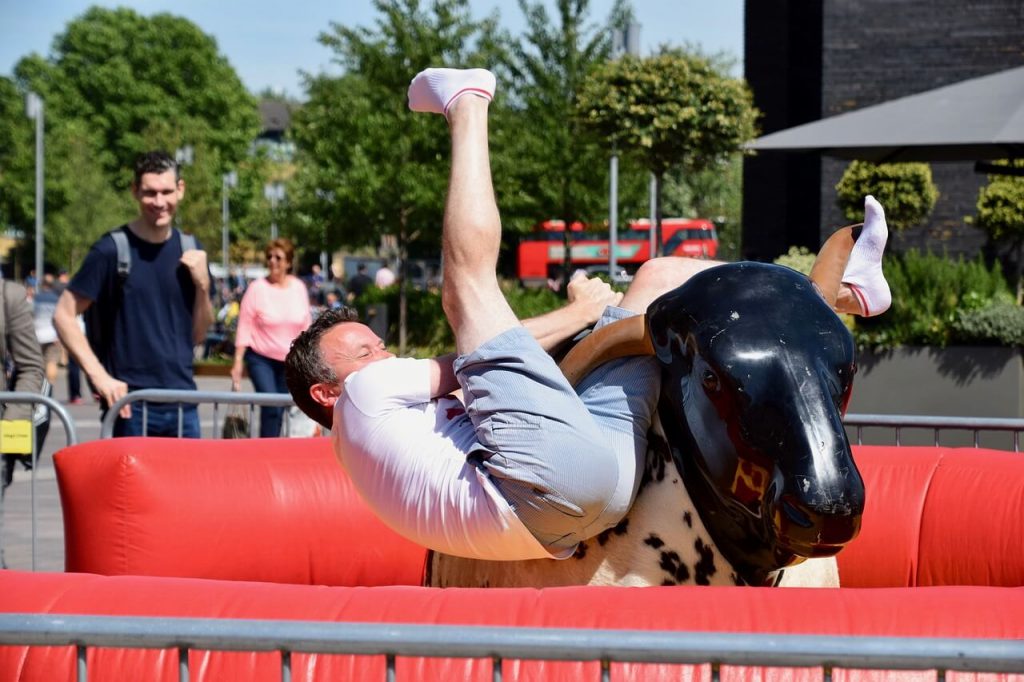
Whether you decide to be foolish or prudent while traveling, always, always, always get travel insurance because seriously guys, you never know.
What surprised me about these safety dos and don’ts of traveling is how simple it is to follow them. It’s all common sense and sober (pun intended) judgment. A little preplanning goes a long way towards safe travels.
*****
What do everyday frequent travelers do to stay safe while traveling? We asked a few frequent travelers to give us a list of their travel safety dos and don’ts. The answers may surprise you.
Check out these valuable travel safety tips.
A couple of good travel safety dos and don’ts can make all the difference between a great hassle-free trip and getting ripped off.
Travel Safety Dos and Don’ts from Frequent Travelers
Sew secret pockets into your clothes
Find a seamstress to sew secret pockets inside of your favorite travel pants (or do it yourself if you’re crafty). That way, you can hide your phone, passport, or wads of cash whenever you’re passing through sketchy areas.
You wouldn’t believe the freedom and peace of mind this brings—even if nothing bad ever happens!
If you want to take it a step further, you can hide your valuables in your secret pocket while carrying a fake wallet and cheap Nokia phone in your normal pockets.
This way, you’ll have something to hand over if you get robbed.
The reality is, most thieves aren’t going to believe you’re walking around without a phone or wallet. And if they do, it might piss them off (something you’re best off avoiding).
Tip: Before sewing everything together, make sure your valuables (passport, phone, money and cards) fit inside.
The idea is for the pocket to be as low-profile as possible so there are no noticeable bulges anywhere.
Lastly, I wouldn’t recommend storing anything in these pockets when you’re going through airports.
If security decides to pat you down, they might find your secret pockets a bit suspicious.
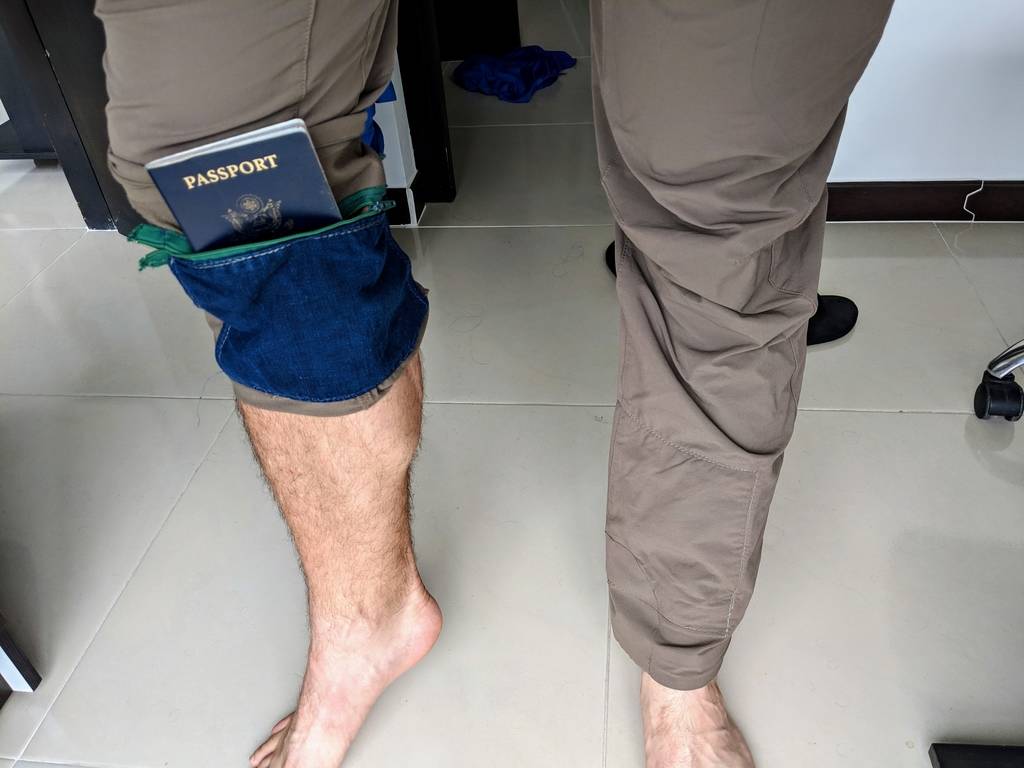
Mitch Glass blogs at Project Untethered.
Make copies of your ID and passport
You never know when your passport or ID might get stolen or misplaced. By making two copies, you can give one to a friend or relative and keep the other with you while you travel.
If you’re a U.S. citizen or national traveling abroad, you can enroll in the Smart Traveler Program for free for an added level of travel safety.
If you are abroad, you can enroll at the nearest U.S. Embassy or Consulate, which can assist you if you lose or have your passport stolen.
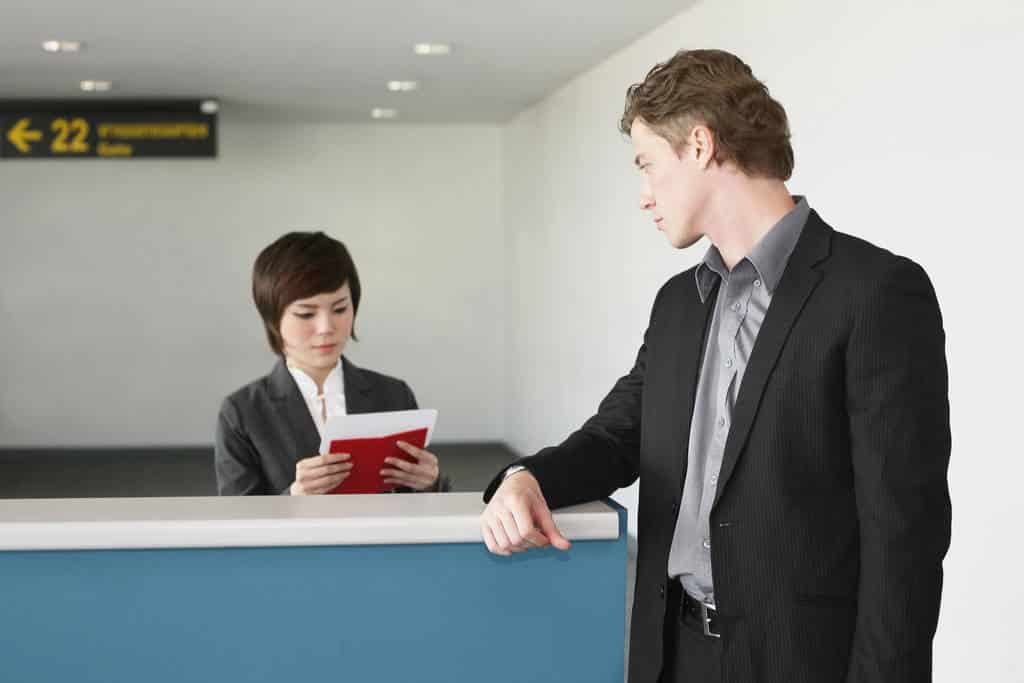
Stymie pickpockets
Pickpockets are an inevitable hazard while traveling. You’ll find them and travel scams in all big, bustling cities throughout the world. You’ll find pickpockets anywhere tourists congregate.
Travelers transmit the fact that they are tourists by reading maps in the street, carrying prominently displayed camera equipment, using their phones in public or staring up at skyscrapers with mouth agape.
Pickpockets are increasingly sophisticated and we must be equally adept at stopping them. Here’s how.
Use a money belt, ankle belt or some other accessory to keep a large part of your valuables while traveling
Don’t keep all your money in one location. Split it up; wallet, money belt, other hidden location.
Know where pickpockets congregate; metro, train and bus stations, airports, entertainment venues, any crowded location.
Be alert to any commotion which can frequently be a diversion to pickpocket you.
Don’t display valuables; jewelry, electronic devices, cash, wallet.
There are so many other ways to stymie pickpockets.
Perhaps the best DO of the dos and don’t while traveling is just being alert and acknowledging to yourself that this can happen is a good start.
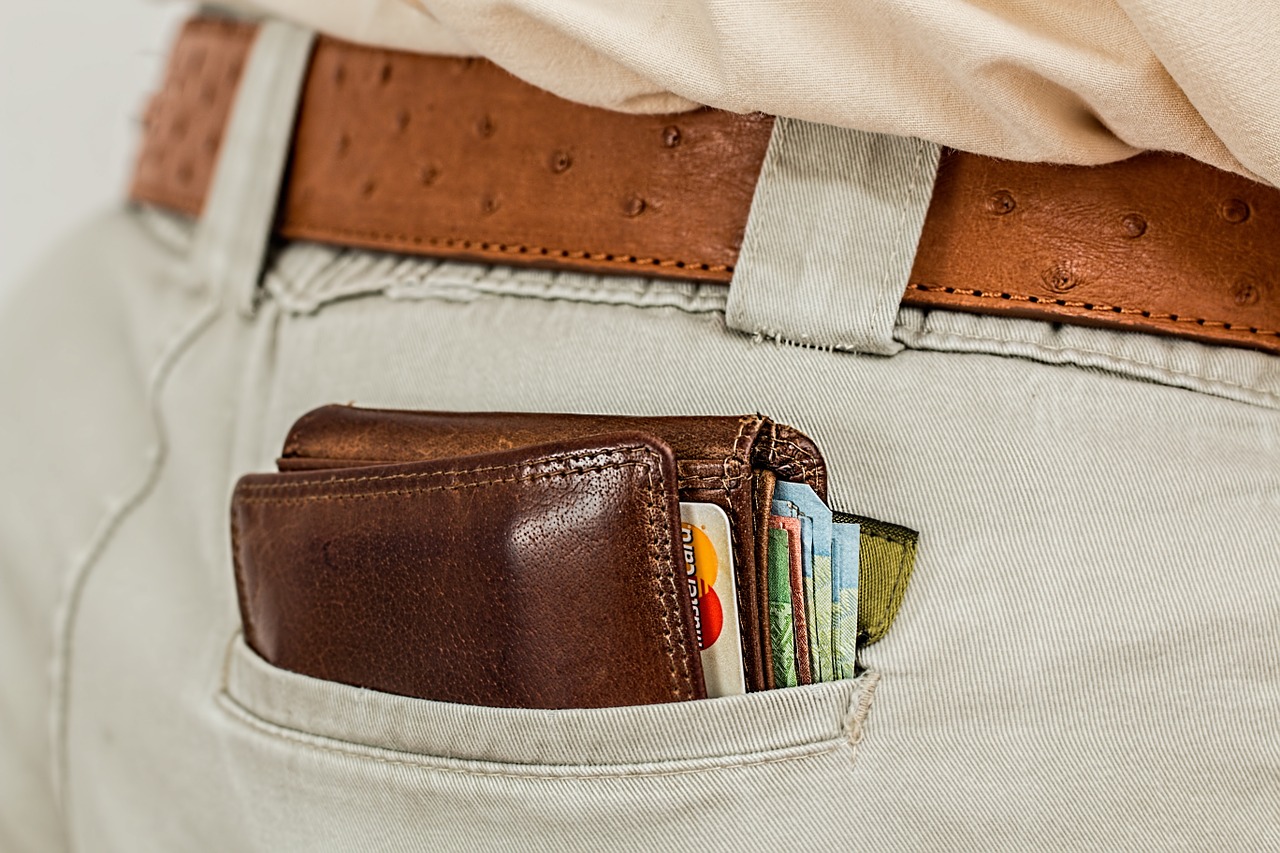
Talek blogs at Travels with Talek
Travel with a dog
My rescue dog Annie is a wonderful travel companion.
She never complains about my choice of music on the car stereo, she is always happy to go out hiking (even if it is raining) and she never complains about where we stay the night, as long as she is by my side she is happy!
She also helps me to feel safer when I am visiting new places as a solo female traveller.
Okay, she is no guard dog, she doesn’t actually have an aggressive bone in her body, and I don’t travel with her for safety reasons but that doesn’t stop me feeling like she is an extra layer of security.
She does alarm bark and I imagine pick pockets may be less likely to approach someone with a dog by their side!
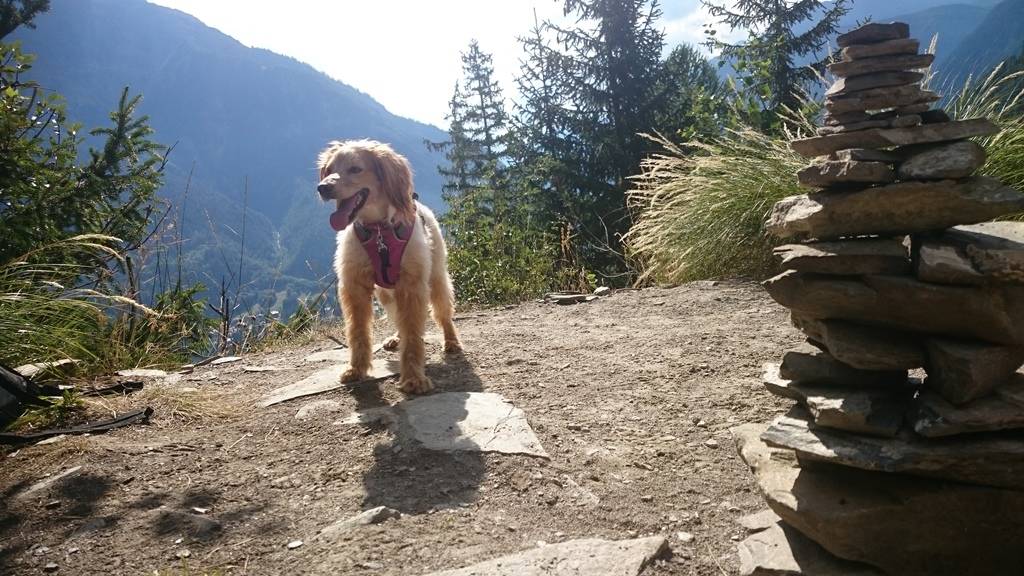
Gemma blogs at A Girl and Her Dog on the Road.
Don’t draw attention to yourself
One of our favorite travel safety tips is trying to blend in. If you look like you’re from out of town, you are a much bigger target for crime.
Blend in as much as you can by wearing inconspicuous clothing and only looking at maps when necessary.
It’s also a good idea to be careful about who you ask for directions so that someone doesn’t take advantage of you.
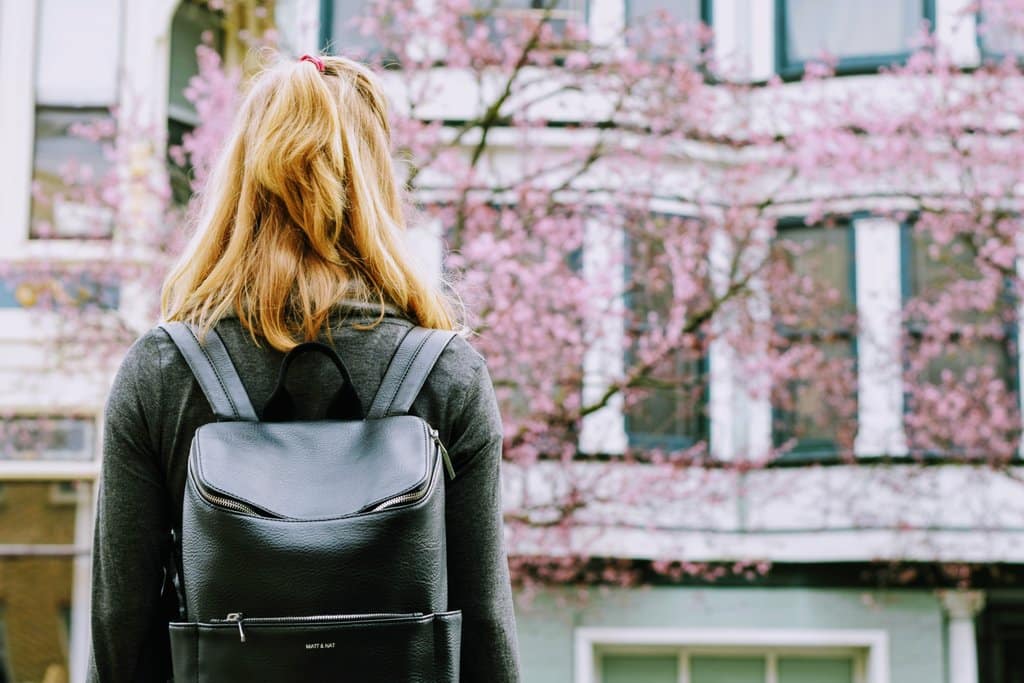
Travel dos and don’t to take precautions to avoid theft
Losing my valuables is one of my biggest worries while travelling. As a blogger, I travel with expensive camera equipment, along with regular valuables like cash and passports.
To avoid my fears coming true, here are some tips I use to keep valuables safe:
Lock everything up that you don’t need while you’re out exploring. Most hostels and hotels have lock boxes inside the rooms where you can store your valuables.
If the room doesn’t have a lockbox, you can ask the front desk to store your valuables in the lockbox there.
When locking away valuables, be sure to use your own locks. Often the locks provided by hotels can be cheap and easily broken into.
I bring two locks with me while travelling: one for storing my belongings at the hotel, and another to carry with me.
When I take any valuables out with me, especially in populated areas, I lock my bag to deter anyone who might try to pickpocket me.
As an extra precaution, I carry my bag in front of me in crowded areas.
Try to avoid having your valuables show in public. I once had someone grab my iPhone right out of my hand!
Last but not least, purchase travel insurance that covers theft of personal belongings.
This brings peace of mind that even if something unfortunate happens, you will at least get reimbursed for the monetary value of the items.
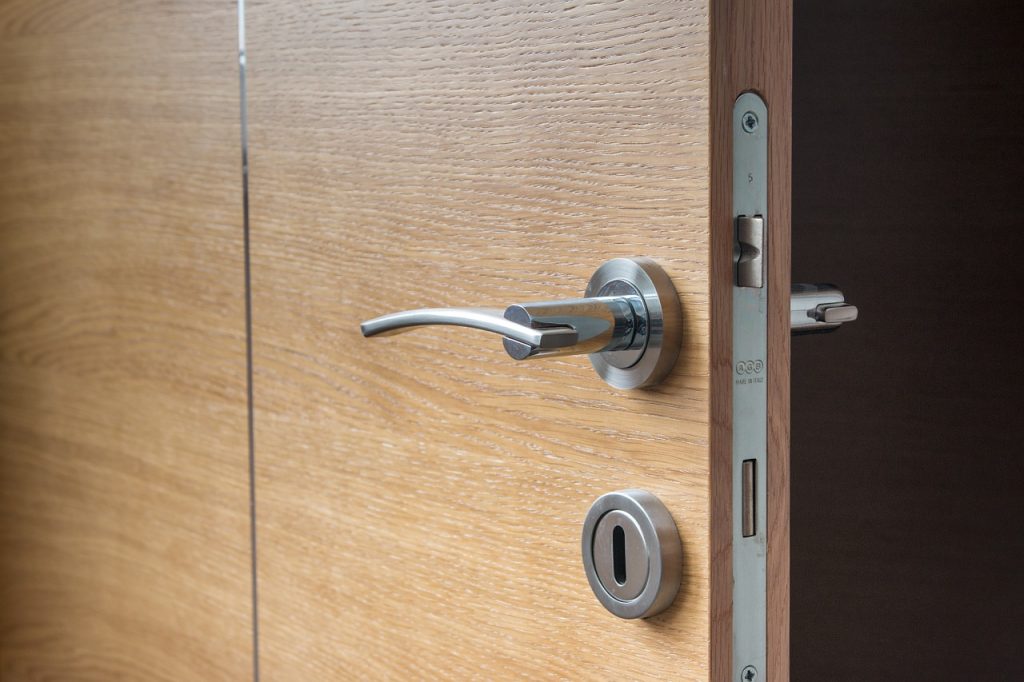
Lora Pope blogs at Explore with Lora.
Don’t trust public WiFi
Another way to stay safe while traveling is avoiding public WiFi when you travel. Why? Using it makes it very easy for hackers to steal your personal information, like credit card numbers.
This travel safety tip has become increasingly important.
To protect your identity, you can always sign up for something called a VPN (virtual private network) that will allow you to securely connect to the Internet.
You can also get a portable router to set up your own WiFi hotspot. It will allow you to convert any wired connection, say in your hotel room, to a secure wireless one.
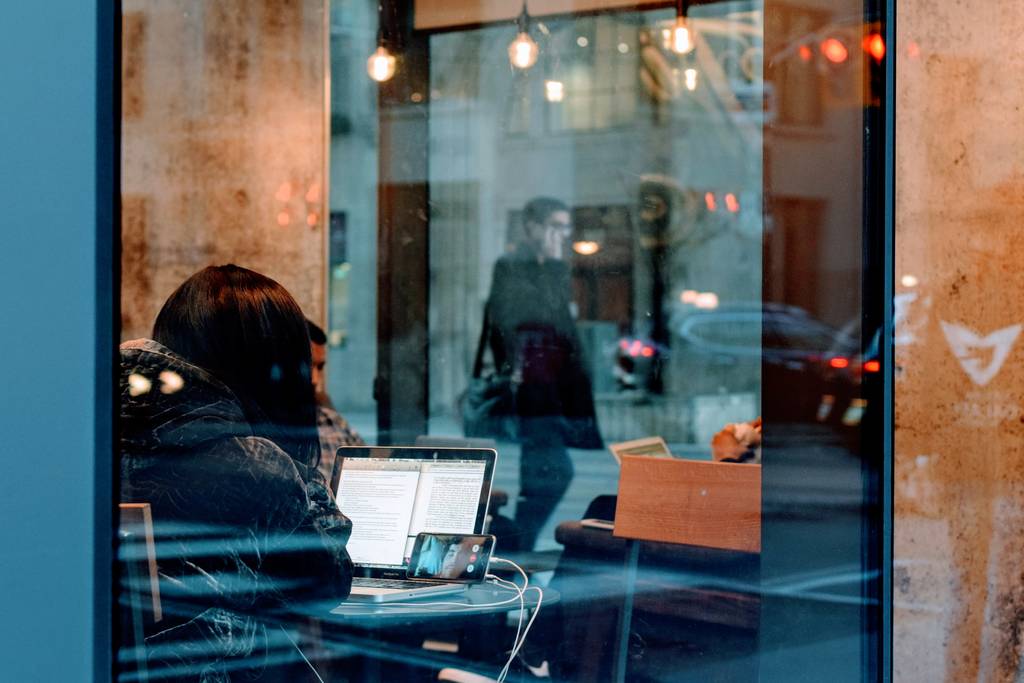
Always bring snacks and drinks for emergencies
When on the road, travelers often find themselves needing to take long bus rides. Whether the trip is three hours or a long-haul overnight ride, I always recommend bringing bus snacks and drinks in case of emergency.
You just never know when you’ll be stuck somewhere for long hours if an unexpected event happens on your ride.
I’ve been in situations where buses and trains that were supposed to take only four hours lasted up to eight, and I’ve seen people get stuck for ten hours in traffic jams.
This is especially common in developing countries or places where the roads are two-lane mountain roads.
Even in situations where you would normally expect to stop, you may find yourself without the right currency to make a purchase.
My recommendation is to bring a bottle of water or two, and enough snacks that you can go at least two meals without a problem.
Hopefully you won’t end up needing these, but you need to always be prepared when circumstances would otherwise be out of your control.
You also need to pack these inside of your carry on so that they aren’t visible. There are some bus companies that do not allow food and drink.
In this situation, you would only be busting them out in case of emergency. But better safe than sorry, and if they see them they may force you to throw them out.
Great bus snacks are anything that comes pre-packaged and won’t cause an annoying smell for other passengers or make a mess for the driver.
And of course, always clean up after yourself before you go.

Stephanie Craig blogs at Sofia Adventures.
Password-protect phones and add tracking tools
Our smartphones store so much personal information, such as emails, credit card information, and bank accounts.
By adding a passcode to your phone, it makes it very difficult for a thief to open your phone and steal your sensitive information.
Some phones offer fingerprint IDs and face recognition, adding an extra layer of security for when you travel.
You should also turn on location tracking and install software that will wipe your phone so that you can track it down or destroy all of your data if it’s ever stolen when you’re traveling.
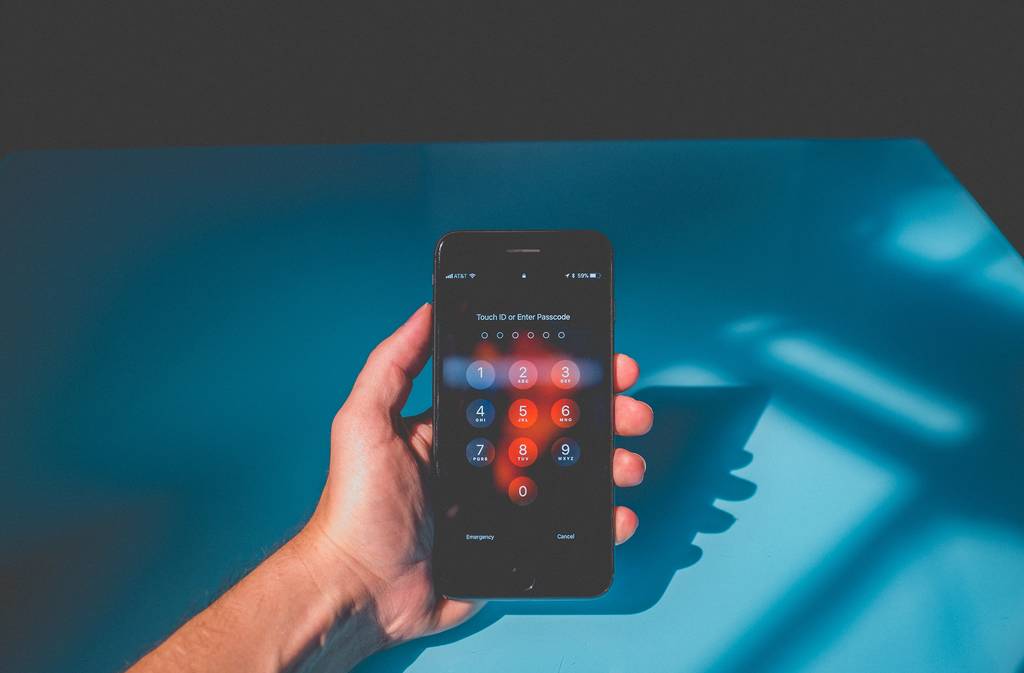
Travel with a Pacsafe
In the world where safety is not guaranteed everywhere we travel to, keeping yourself and your valuables safe is paramount. But how do you make sure that you don’t fall a victim to the country’s insecurity?
My all-time favorite tip to keep my items safe is to always carry a Pacsafe or the most appropriate Pacsafe product for your needs.
Commonly known as an anti-theft travel product, a Pacsafe will guarantee the safety of your valuable items you might have traveled with.
Although it’s not advisable to travel with valuable items, sometimes you just have to travel with your really expensive camera to capture the best moments.
Regardless of how secure your hotel might seem like, a Pacsafe is a must-have to lock away your valuables, passport, and some extra cash.
The amount of items you can keep in a Pacsafe depends on its size, so remember to purchase a Pacsafe size that suits your needs.
A Pacsafe comes with a wire which you can fasten around the hotel chair or bed. Although it is unlikely that someone would break into your hotel room, it is better to take precautions rather than being sorry.
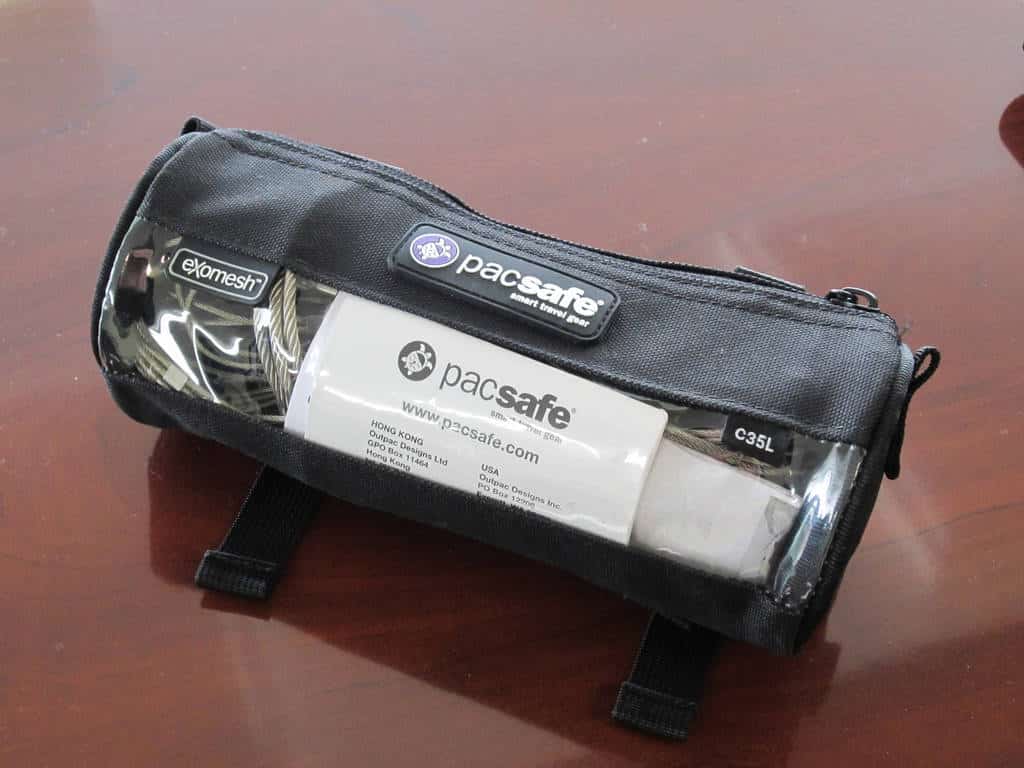
Esther Namugerwa blogs at The Adventurous Feet.
Learn about your destination before your trip
Part of the excitement about travel is the planning!
While you are researching the best places to stay and eat and your bucket list activities, take a look at the travel safety information for where you’re headed. How safe are your accommodations?
Are there any local health issues you need to concern yourself with? What will be your main mode of transportation? Which neighborhoods are the safest, and which should you avoid?
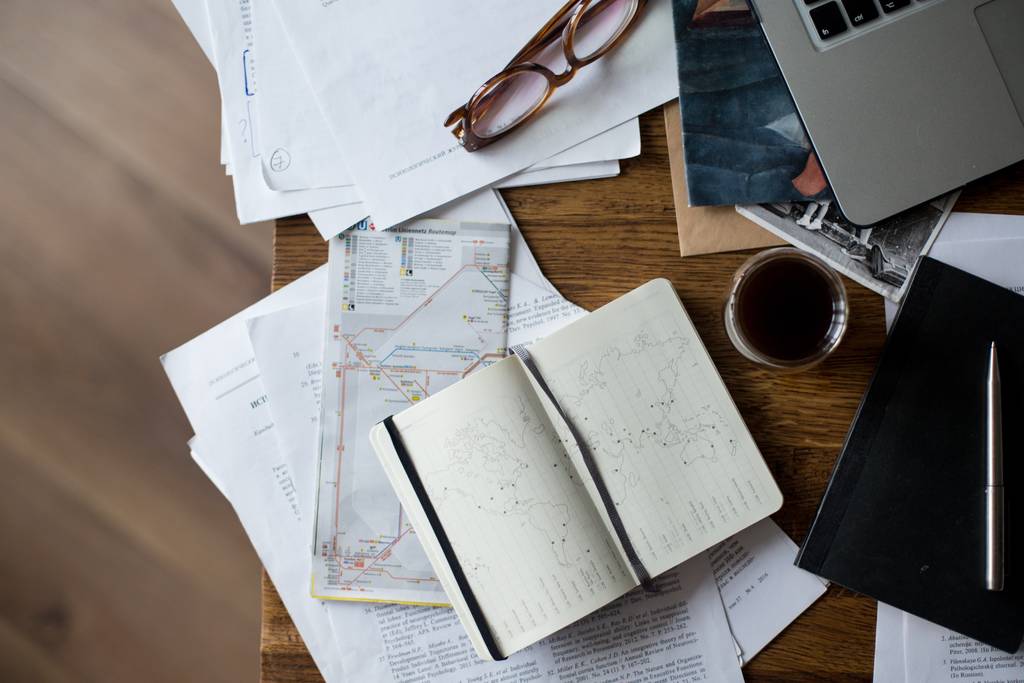
An underrated travel safety tip: The importance of proper sleep technique.
We know one of the most important dos of the dos and don’t while traveling is being alert.
Not getting enough sleep while you travel can lead to not paying enough attention to your surroundings and bad judgement.
Of course this can also make you groggy and sluggish when you want to be alert to enjoy your vacation.
Whether you’re traveling a few hours from home or across the country, sleeping away from home can be a challenge. Yet, you need to sleep to enjoy your travels.
Sleep keeps your immune system strong, clarifies your thinking, and stabilizes your appetite and metabolism. That’s going to give you the energy to do all you’ve got planned. Here are a few ways you can sleep better when you’re on the road.
To better understand the effects of sleeplessness, I spoke to Alicia Sanchez, a researcher for the sleep science hub Tuck.com with a specialty in health and wellness. Her suggestions follow.

Adjust Your Sleep Schedule in Advance
If you’re only traveling one or two time zones, you can probably move on to the next tip. However, if you’ll be three, four, or more time zones away, shifting your sleep schedule can alleviate jet lag.
Start by moving your bedtime and wake up times 15 to 30 minutes closer to your planned bed and wake up times at your destination.
This method is also more helpful if you’ll be in your location for longer than a week. Otherwise, by the time you get adjusted, it’s time to return home.
Bring a Piece of Home with You
Your body reacts to environmental signals. Bringing a few things from home that you normally use in your bedroom or in your bedtime routine can prepare your brain for sleep.
A pillow or blanket that smells like home reminds your brain what to do at bedtime.
For some people, it could be bringing along their favorite pair of slippers. If you usually burn a candle in the evening, bring it along.
Look for small items that can help your travel destination feel, sound, and smell more like home.
Create the Right Sleep Environment
You could be fighting unfamiliar sounds and smells along with jet lag.
To help you sleep well while traveling, try to create a healthy sleep environment from the very beginning—one that’s cool, dark, and quiet.
Your body temperature drops at the onset of sleep and continues to fluctuate throughout the night until it starts to rise again near morning.
Lower the room temperature to somewhere between 60 to 68 degrees to support your body’s nighttime needs.
Quiet can be hard to find if you’re visiting family or at an urban destination. Try bringing along a white noise machine.
White noise contains a combination of all noises, which drowns out other sounds.
Limited space in your suitcase? Download a white noise app. Most apps have several noises to choose from, including nature sounds, the hum of an airplane cabin, the whir of a hairdryer, and the tumble of a clothes dryer.
Light can also be a major sleep disrupter. At home, you can install blackout curtains or heavy drapes, but you don’t have that option on the road.
Close the curtains, draw the blinds, and do what you can to keep light out at night.
If you’re not sure what kind of accommodations you’ll have, pack a sleep mask. You might want to try it out before you go to make sure you’ll be able to sleep with it on.
Move Your Body and Get Outside
Exercising and getting outside are incredibly valuable if you’re suffering from jet lag. You need to stay awake when it’s light outside to help your body adjust to local time.

Your eyes have special photoreceptors that absorb sunlight and send messages to the brain to suppress sleep hormones.
What better way to do that than a morning or afternoon walk to help you sleep well while traveling?
Exercise helps you stay awake when you’re sleepy. If you’re traveling far enough from home, it might be beneficial to fill your first day with tours and other scheduled activities, so you keep moving.
You’ll be tempted to nap, but if you’ve got a lunch reservation and a museum tour ahead, you won’t have time for it.
Eat on a Regular Schedule
Light isn’t the only way your body times your sleep cycle. Your eating schedule does too. You may not be able to eat meals at your regular times, but do try to eat them at regular intervals.
Doing so can help your body adjust to local time and help you sleep better on the road. Eating on a regular schedule is a key DO in the collection of dos and don’ts while traveling.
Be Consistent Before, During, and After Your Trip
Establish a bedtime routine long before you leave home. Bedtime routines serve two purposes—to trigger the start of the sleep cycle and relax the body before bed.
You need both of those when you’re away from home.
If you normally change into your pajamas, brush your teeth, and read a book before falling asleep, your brain will recognize that pattern even when you’re in an unfamiliar bedroom.
However, to be effective, you have to have that pattern established long before you leave.
Once you have a pattern, follow it during your trip, and keep it long after so that you’re set for your next adventure.
Travel enriches and feeds the soul. Plan in advance, and make sure to pack a comfort item to help you sleep. Make the effort to get better rest, so you can fully enjoy everything your destination has to offer.
Alicia Sanchez is a researcher for the sleep science hub Tuck.com with a specialty in health and wellness.
A Nashville native, Alicia finds the sound of summer storms so soothing that she still sleeps with recorded rain on her white noise machine.
More Travel Safety Dos and Don’ts for a Safe Trip
Register with your Embassy prior to travel. If you are a U.S. citizen, consider enrolling in the Smart Traveler Enrollment Program to download the Smart Traveler app for important emergency information and register with the local embassy.
Know the security risk level of your destination.
Ensure your phone is able to make calls to your home country and that you know how to place an emergency call in a foreign country
Leave a copy of your passport and itinerary with someone at home who is designated as your emergency contact registered with the embassy.
Confirm if you need any vaccinations before you travel and be educated about the risks of your destination including water, streets, proper gestures, etc.
OMG! Don’t pack medication or medical equipment in your checked baggage. Take your meds on your carry-on with you.
Have your passport with you when you take a cruise, even if you depart from the US.
You never know when you will need to disembark due to an emergency and travel home.
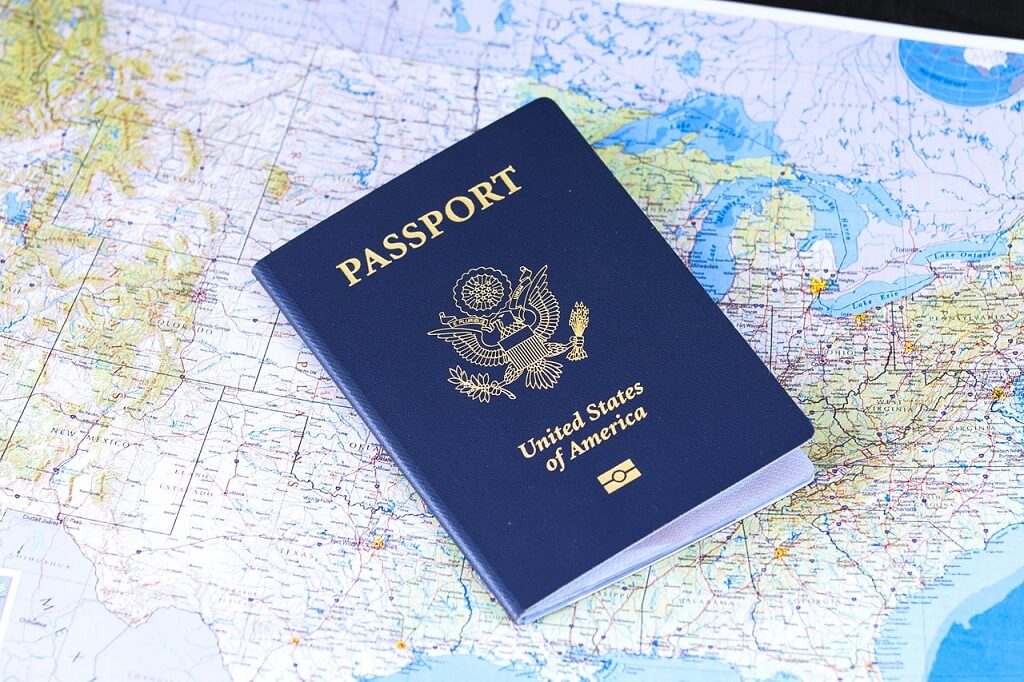
Educate yourself on insurance; does your primary health insurance cover you outside the US?
Are you purchasing appropriate coverage for travel insurance based on your destination?
Know how to say a few key words such as “police” and “help” in the language of the country you are visiting.
The same common-sense rules apply overseas. Avoid discussing sensitive topics like politics and religion. People often will give foreigners’ faux-pas some leeway, but then again, they may not.
Don’t forget to carry chargers for your digital devices. Don’t risk running out of batteries in an emergency.
Prepare a list of your emergency contacts including family, friends and coworkers, as well as contact information for insurance and emergency travel assistance. Keep both hard and digital copies.
Activate travel notices with your bank and credit cards; familiarize yourself with local currency and the closest banks and ATMs.
Here is a selection of travel safety books for your reference. What are your favorite travel safety dos and don’ts? Let us know in the comments.
If you like this post, you will enjoy these other articles with essential travel safety dos and don’ts for your next trip:
What are your favorite travel safety dos and don’ts? Let us know in the comments.
Updated February 10, 2024
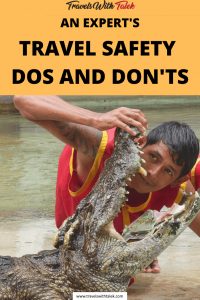
JOIN MY FACEBOOK GROUP: OVER 50 WOMEN TRAVELERS COMMUNITY.
BTW, if you are getting ready for your trip, make sure to take advantage of these useful, money-saving links to book your trip:
- Research and book your flight with Skyscanner. I have found them to be the best because they list all airlines including the budget ones. You are always sure of having researched all options.
- For car rental around the world, Discover Cars has flexible pickup and drop-off options, I recommend Discover Cars.
- Book your accommodation with Booking.com. I find they have a wide selection and a nice, user-friendly, transparent website.
- Protect your trip and, more importantly, protect yourself with travel insurance. I use Travelinsurance.com and have been very happy with them.
- Looking for a small group tour to unforgettable destinations with top professionals? Intrepid Travel is your choice.
- For more general tours to any destination or attraction, book with Viator. Check them out.
- Need a visa? Get your visa for all countries with Passport Visa Express.
- Looking for a cool walking tour to explore a city? My favorite walking tours are offered by Take Walks.
- Food and drink tours are the best way to enjoy a city. And Devour Tours are my favorite.
- Looking for a good VPN to protect your security, privacy and freedom online while traveling? Nordvpn is your best option.
- The best and most economical way to stay connected while traveling is with an Airalo eSIM.
I personally use, and can recommend, all the companies listed here and elsewhere on my blog. By booking through these sites, the small commission we earn – at no cost to you – helps us maintain this site so we can continue to offer our readers valuable travel tips and advice.
















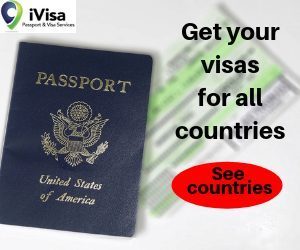




8 Responses
Nice
Thanks!
This is an informative article. All of the above information is important to know while traveling. Thanks, travelswithtalek.com for sharing this article.
Thank you so mush for your kind comments. I am glad this post was useful.
It is a really really nice valuable travel tip and advice.
Thank you for the article.
Thanks! I’m glad you found it helpful.
I just returned from Rwanda and Zanzibar and followed most of your Do’s and Don’t for safe and healthy traveling. I am a seasoned traveler, but made the mistake of thinking that I was more fit than I was when Gorilla trekking in Volcanoes National Park. The altitude affected my breathing and the step terrain with muddy conditions slowed my accent so that I was holding up my group who was always waiting for me to catch up. It was a once in a lifetime experience, but I doubt that I would attempt the trek if I had known how difficult it was going to be.
Know your limits is now on top of my list!
Hi, Christine:
Yes, I hear you! Been there too (not to Zanzibar, but over-exerted.) One suggestion is to travel with a group of people your age so everyone is more or less at a similar pace. Ruanda and Zanzibar are on my bucket list.
Thank you for sharing and commenting.
Talek